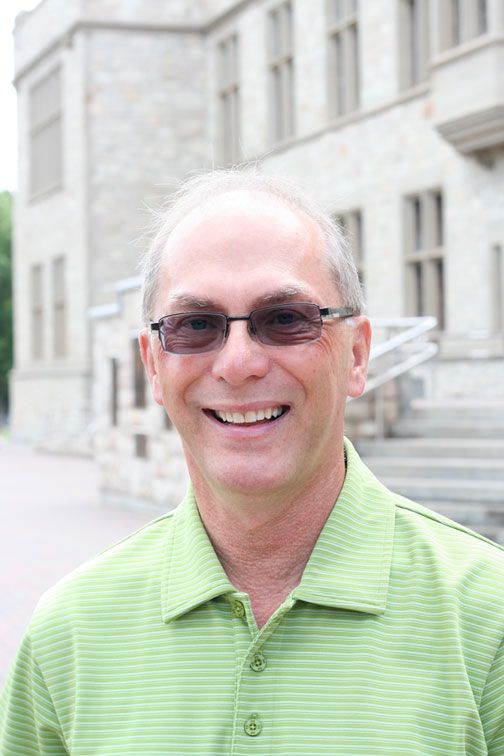RenewUS at the heart of four-year capital plan
The priorities for the University of Saskatchewan in the next four years and the facilities and equipment needed that realize those priorities have been brought together in the latest version of the institution’s multi-year capital plan which, at its heart, is focused on addressing critical capital deficiencies across campus.
By Colleen MacPherson
Released with the integrated plan and the multi-year budget framework in early March, the capital plan attempts to tackle the university's growing deferred maintenance issue – necessary upgrades that have been put off, sometimes for years. It is not a new problem, Bryan Bilokreli explained, but it is time for a new approach.
"Some of our buildings are 100 years old," said Bilokreli, director of institutional capital planning in the Institutional Planning and Assessment office, "but many were built in the ‘50s and ‘60s. Their infrastructure, things like mechanical and electrical systems, has aged and needs to be replaced because we need appropriate academic, research and student facilities." Using the approach called RenewUS, revitalizing buildings over the university's third planning cycle will go hand-in-hand with revitalizing academic programs that meet current and future needs, he said.
The buildings with the most significant maintenance issues are biology, arts, physics and the Murray Buildings, "and three of the four are occupied by the College of Arts and Science," he said. There has already been one preliminary discussion with that college about capital needs and plans for academic renewal over the next four years, "and how we might incorporate the two."
By prioritizing capital investments in conjunction with the plans of college and unit, the RenewUS program "will make sure we're addressing academic needs," Bilokreli said.
The original price tag for RenewUS was $265 million over five years, he said, "so the strategy is to look at a variety of funding sources – internal funds, government funding, donors and partners and potential student fees – realizing that we can't do this on our own."
In addition to RenewUS, the new capital plan details 19 capital projects already underway that will be completed during the current planning cycle, including student residences and the Gordon Oakes-Red Bear Student Centre. The capital plan also points out critical utility replacements – two chillers, one boiler and two transformers. "There's no point in renewing our facilities if we can't provide heat, cooling or electricity," said Bilokreli.
In the category of emerging projects, the plan lists the expansion of childcare facilities, the Clarion project, an amenities building for the College Quarter, the Southern Saskatchewan Academic Health Sciences Hub in Regina for health science programs, and a complex to address the space needs of the College of Engineering that will also house natural sciences initiatives. Each of these projects, describe in the capital plan as "critical to the ongoing success of the university," has been identified in the university's funding requests to the provincial government.
The capital plan also commits the university to a comprehensive assessment of overall capital needs, which Bilokreli said includes space, equipment, information technology like computers and multi-media equipment, and even land. It is a complex undertaking, he added, that ideally will be done in time for the fourth planning cycle to "provide guidance and direction for the next capital plan."
Capital planning for an institution like the U of S is a comprehensive and integrated process that must take into account boiler replacement, enrolment planning, and everything in between. But Bilokreli is encouraged by the alignment that has emerged from the college and unit plans. "Most talk about building infrastructure renewal and equipment and technology renewal," he said. "That verifies the thinking within the university that we're on the right track."

